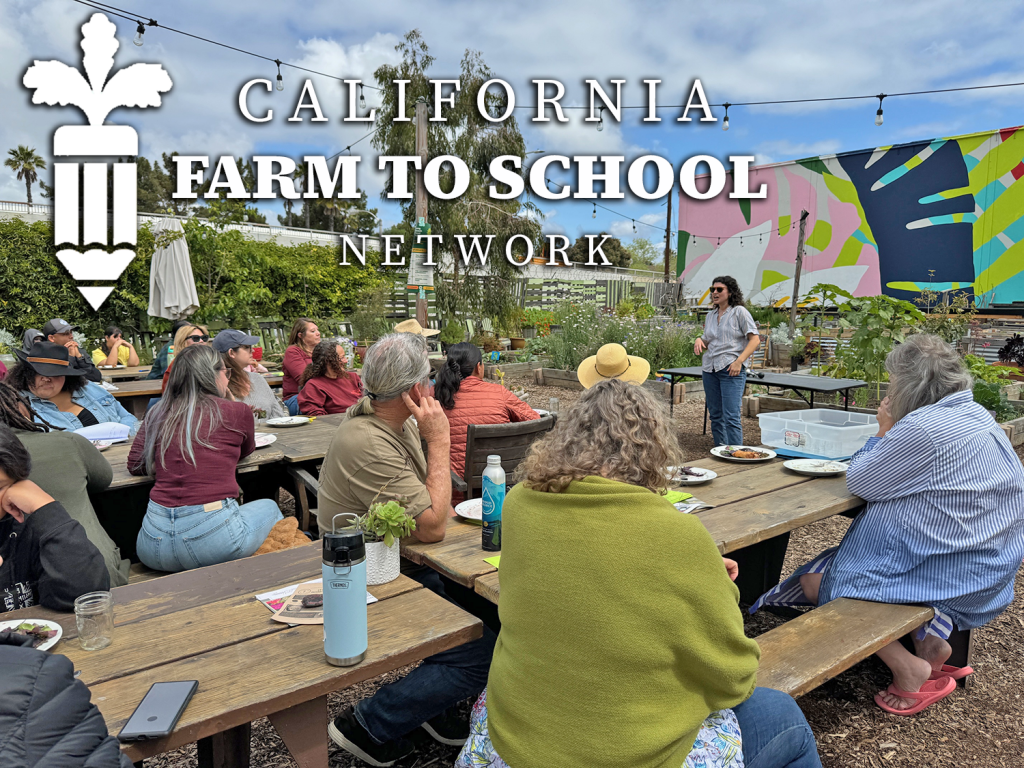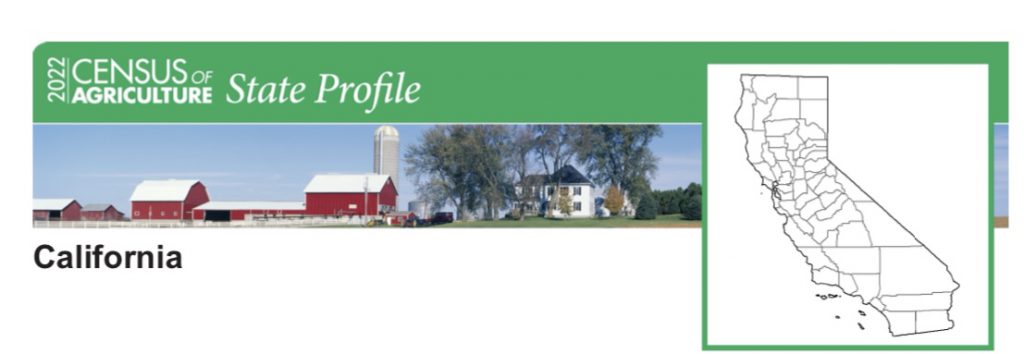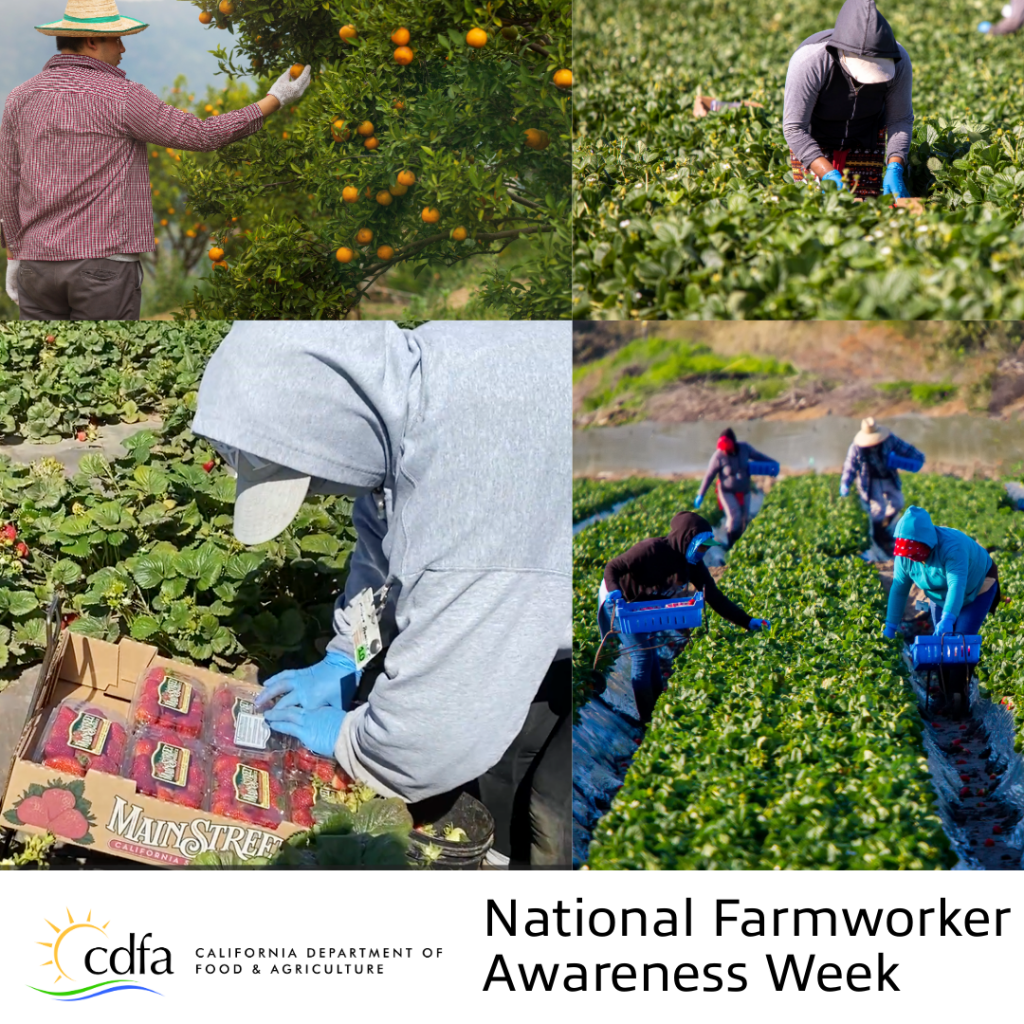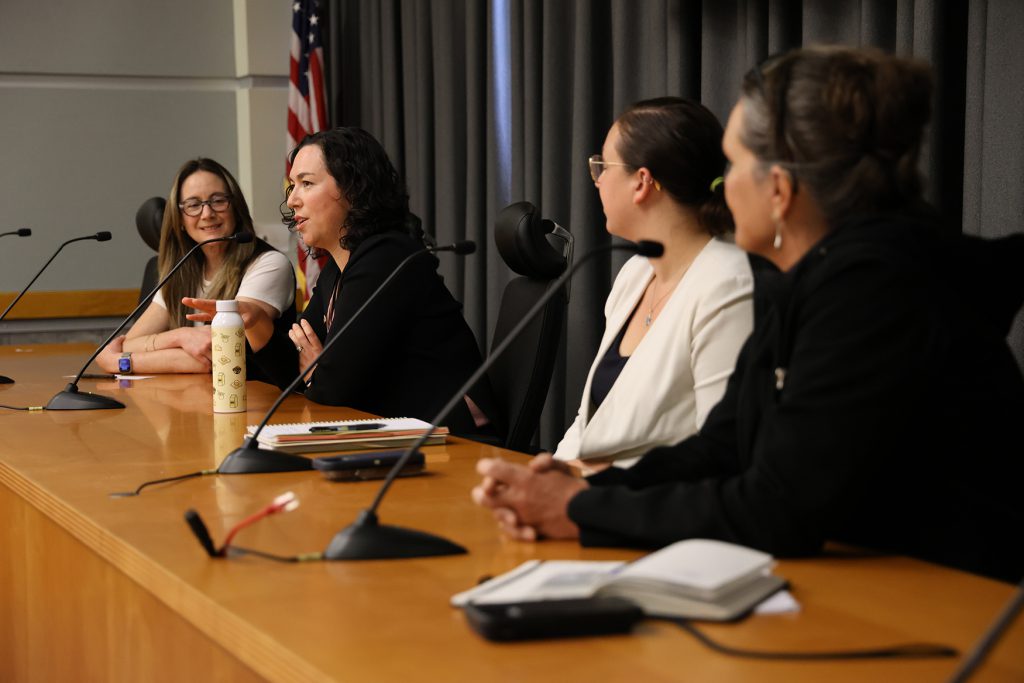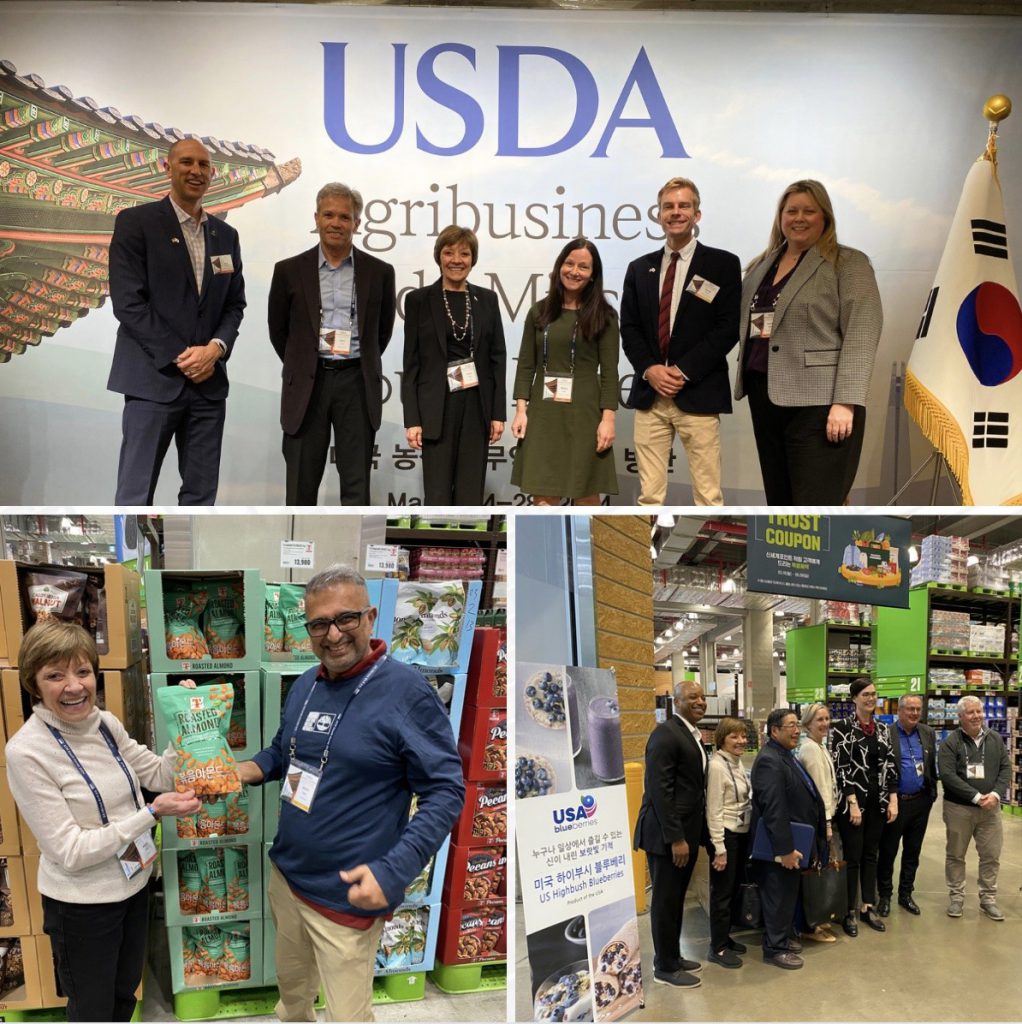From a story on the Morning Ag Clips web site
CDFA Secretary Karen Ross will join USDA Under Secretary Alexis M. Taylor on a U.S. Department of Agriculture trade mission to New Delhi, India, April 21-25. They will be accompanied by a diverse delegation of 47 businesses and organizations as well as officials from 10 other state departments of agriculture — all interested in opportunities and partnerships in the world’s most populous country.
“India represents a growth economy for U.S. agribusinesses seeking to capture an increasing share of the household food purchases in the fifth-largest economy in the world,” USDA Under Secretary Taylor said. “India’s rising middle-class consumers’ familiarity with American food products and increased purchasing power is a real opportunity for U.S. producers. This along with the Indian consumers’ trusted view of American food and agricultural products as high-quality has contributed to an 11 percent growth in U.S. agricultural and ag-related exports to India over the past 2 years.”
USDA is leveraging its global reach to open new markets on behalf of American food and agricultural producers. Just last year, India reduced tariff requirements for U.S. poultry products, vegetables, fruits, pulses, and tree nuts – strengthening the agribusiness trade relationship between the United States and India. The trade mission will follow-up on those wins and secure an expanding number of new purchase agreements for American farmers, ranchers, and producers. USDA continues to be forward-leaning in its efforts to broaden the benefits of agribusiness trade for more American producers, exporters, and their home-town communities.
“I am looking forward to learning much more about opportunities in India for agricultural exports,’ said Secretary Ross. “I commend the USDA’s Foreign Agriculture Service for its work to connect us with the culture of India as well providing us with an understanding of the significance of various commodities there.”
California’s leading ag exports to India are almonds, cotton, pistachios, walnuts, and dairy products.
While on the trade mission, participants will engage in targeted business-to-business meetings and site visits to build new trade linkages, strengthen existing partnerships, observe U.S. products in the marketplace, and discover the latest Indian consumer food trends. Participants will also receive in-depth market briefings from USDA’s Foreign Agricultural Service and industry trade experts.
Other California representatives on the trip are:
- Almond Board of California, Modesto
- American Pistachio Growers, Fresno
- Blue Diamond Growers, Sacramento
- California Walnut Co., Los Molinos
- Calway Foods, Inc., Santa Clara
- Farmers International, Inc., Chico
- Hall Enterprise, LLC., Paso Robles
- Redwood International, Irvine
- The Wonderful Company, Los Angeles
- Wine Institute, Sacramento





